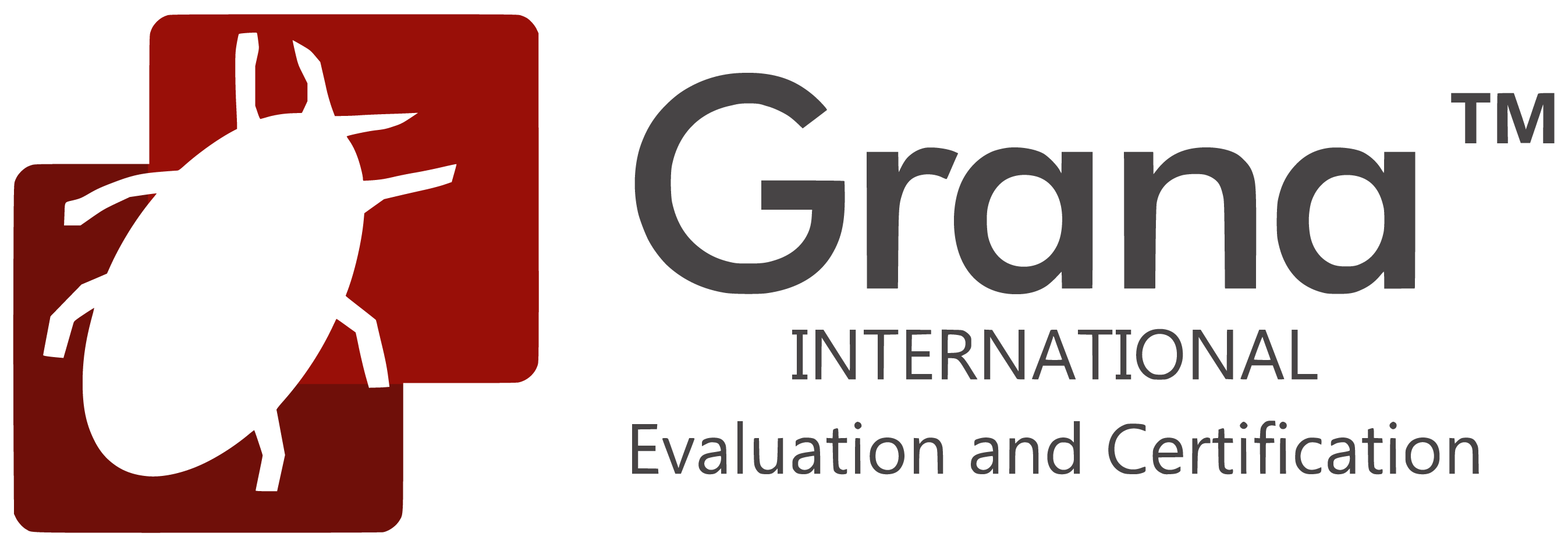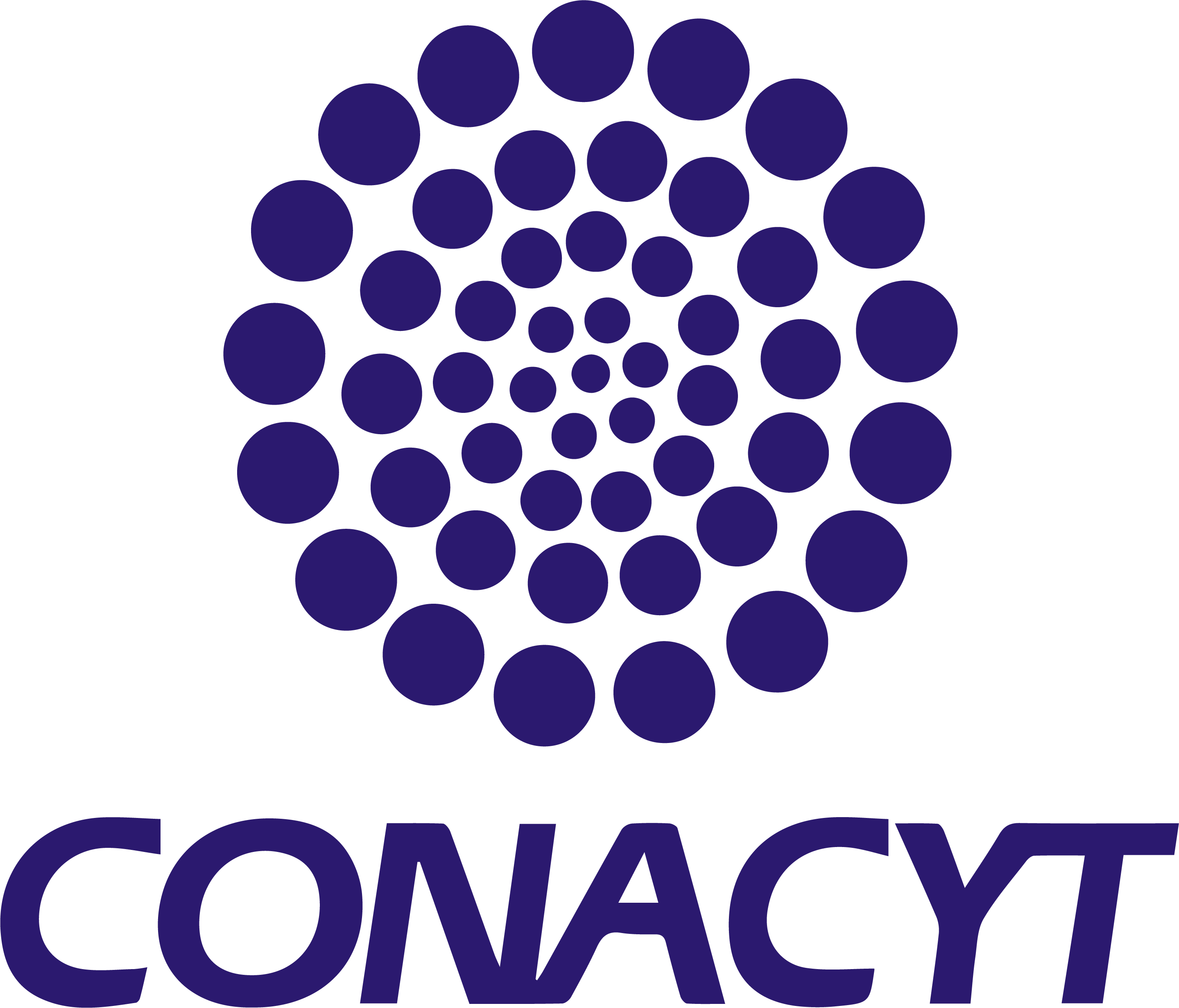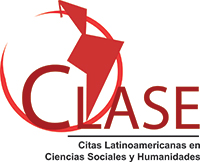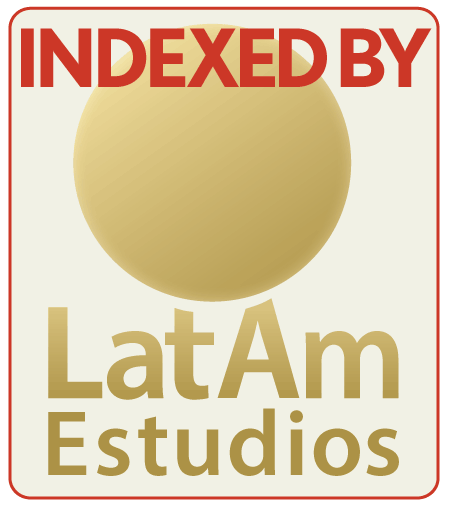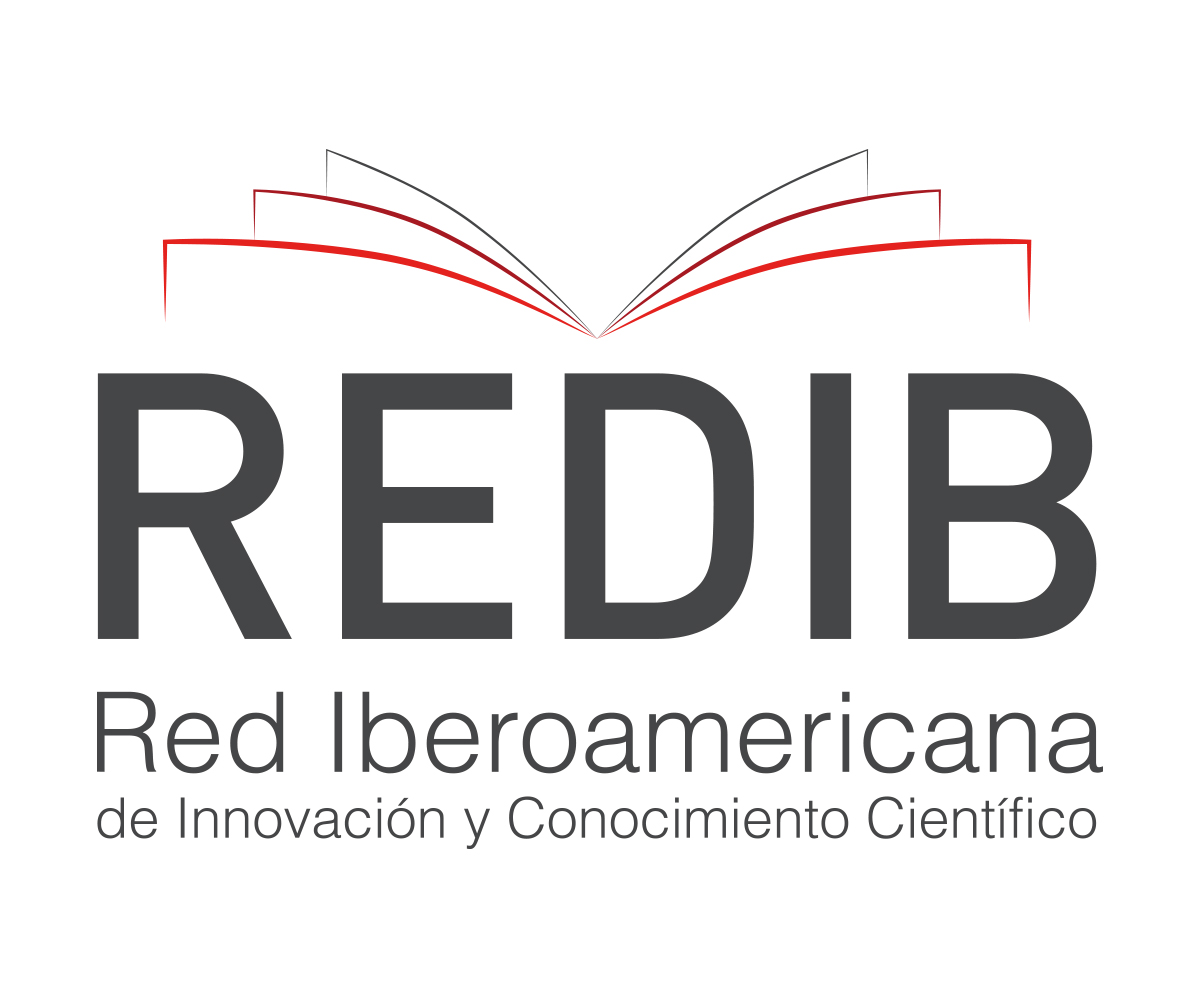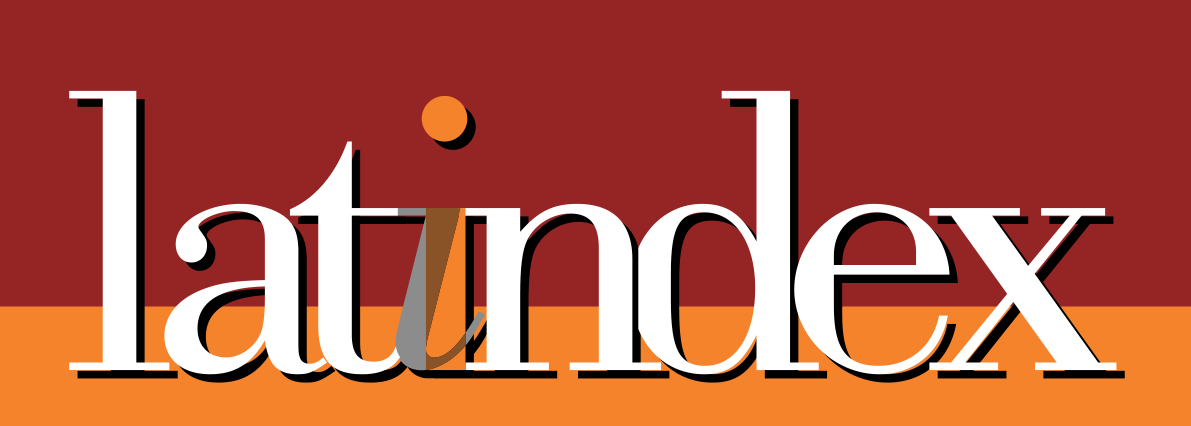Challenges for inclusion in the university: student perceptions in Sinaloa
Abstract
Inclusive education is essential for ensuring equitable access to teaching and active participation for all students. This study examines the perceptions of undergraduate students in Education and Pedagogy regarding Barriers to Learning and Participation (BLP) in higher education. Using a quantitative approach and descriptive analysis, the Index for Inclusion was administered to a sample of 251 students. Results reveal challenges in physical accessibility, institutional cohesion, and curricular adaptations, alongside opportunities to improve school climate management and collaboration with families. These findings underscore critical areas for implementing inclusive practices and highlight the need for a contextualized approach considering the specific characteristics of the university environment in Sinaloa. The study offers a comprehensive diagnosis that not only identifies existing barriers but also provides practical recommendations for fostering a more inclusive educational culture.
Downloads
References
Alghazo, E., & Gaad, E. (2004).General Education Teachers in the United Arab Emirates and Their Acceptance of the Inclusion of Students with Disabilities, 31(2), 95-102. https://doi.org/10.1111/j.0952-3383.2004.00335.x
Antayhua, S. (2024). Camino hacia la inclusión educativa: beneficio para todos. Horizontes Revista de Investigación en Ciencias de la Educación, 8(32). https://doi.org/10.33996/revistahorizontes.v8i32.741
Arocena, R., & Sutz, J. (2005).Latin American Universities: From an Original Revolution to an Uncertain Transition, 50(3), 231-249. https://doi.org/10.1007/s10734-004-6367-8
Arvizu, M. (2024). Análisis documental en instituciones de educación superior para un rediseño curricular. Latam Revista Latinoamericana de Ciencias Sociales y Humanidades, 5(3). https://doi.org/10.56712/latam.v5i3.2162
Blanco, R. (2018). La Equidad y la Inclusión Social: Uno de los Desafíos de la Educación y la Escuela Hoy. REICE. Revista Iberoamericana Sobre Calidad, Eficacia Y Cambio En Educación, 4(3). https://doi.org/10.15366/reice2006.4.3.001
Booth, T., & Ainscow, M. (2000). Index for Inclusion: Developing Learning and Participation in Schools. Bristol: Centre for Studies on Inclusive Education (CSIE).
Campuzano, J., & Cuéllar, M. (2021). Formación docente y retos de la inclusión educativa: Un análisis en el contexto universitario. Educación y Sociedad, 39(4), 67-83.
Casale, G. (2024). Coaliciones efectivas en el rediseño de la formación docente. Nuevas Direcciones para los Colegios Comunitarios. https://doi.org/10.1002/cc.20615
Choque, M., & Jáuregui, R. (2022). Análisis del diseño curricular como factor de deserción académica. Yachay Revista Científico Cultural, 11(1). https://doi.org/10.36881/yachay.v11i1.139
Collins, T., Parker, L., & Moore, J. (2018). ‘Bringing everyone on the same journey’: revisiting inclusion in higher education https://doi.org/10.1080/03075079.2018.1450852
Cueva, M., Velarde Bermeo, C. E., Loaiza Dávila, L. E., & Giceya de la Caridad, M. C. (2024). Curricular adaptations for the inclusion of students with disabilities in the Physical Activity and Sports Pedagogy career. ConcienciaDigital, 7(2), 156-177. https://doi.org/10.33262/concienciadigital.v7i2.3012
Echeita, G. (2020). Inclusión educativa como proceso de transformación. Revista Iberoamericana de Educación, 82(1), 45-58.
Gaona, A. (2023). Bienestar Psicológico de Estudiantes Universitarios con Discapacidad de la Universidad de Pamplona y Simón Bolívar de la Ciudad de Cúcuta. Ciencia Latina Revista Científica Multidisciplinar. https://doi.org/10.37811/cl_rcm.v7i5.8141
González-Gil et al. (2019). Educación inclusiva: Barreras y facilitadores para su desarrollo. Un estudio desde la percepción del profesorado. Profesorado Revista de Currículum y Formación del Profesorado, 23(1). https://doi.org/10.30827/profesorado.v23i1.9153
Guillén, J. (2024). Inclusión educativa: Descripción de barreras por diversidad lingüística y cultural. Ride Revista Iberoamericana para la Investigación y el Desarrollo Educativo, 14(28). https://doi.org/10.23913/ride.v14i28.1898
Hadjikakou, M., & Hartas, D. (2007). Higher education provision for students with disabilities in Cyprus https://doi.org/10.1007/s10734-007-9070-8
Johnson, M. A. (2017). Contemporary higher education reform in Ecuador: Implications for faculty recruitment, hiring, and retention. Education Policy
Analysis Archives, 25, 68. https://doi.org/10.14507/epaa.25.2794
Luna, J., Gómez, M., & Ruiz, P. (2021). Accesibilidad al entorno en instalaciones de acondicionamiento para personas con discapacidad física: Una revisión integradora. Revista Ciencias de la Salud.
Hederich Martínez, C., Martínez Bernal, J., & Rincón Camacho, L. (2014). Hacia una educación basada en la evidencia. Revista Colombiana de Educación, (66), 19-54.
Mínguez, R., Vélez-Calvo, X., Sanz‐Cervera, P., Cerezuela, G., & Andrés, M. (2021). Educación inclusiva en Ecuador: Perspectiva de directores, familias y evaluadores. Magis Revista Internacional de Investigación en Educación, 14(1), 1-21. https://doi.org/10.11144/javeriana.m14.eiep
Moreira, A. M., Techera, A. T., Reis, M. L., & Schurmann, S. (2021). "Chapter 1 The University and the Tensions of Inclusion as Part of the Ethos of Social Responsibility". In Socially Responsible Higher Education. Leiden, The Netherlands: Brill. https://doi.org/10.1163/9789004459076_002
Ortiz, L., Sánchez, R., & García, F. (2020). Sobrepeso e inactividad física en universitarios de la ciudad de Barranquilla: Un estudio descriptivo transversal. Ciencia y Salud. https://doi.org/10.22206/cysa.2020.v4i3.pp23-31
Proaño, N., Arroyo, C., & Burgos, J. (2023). La inclusión educativa en Ecuador: Una mirada desde las políticas educativas. Ciencia Latina Revista Científica Multidisciplinar, 7(3), 6607-6623.https://doi.org/10.37811/cl_rcm.v7i3.6656
Quispe, A., Rivera, E., & Torres, J. (2023). Identificación de barreras para la inclusión: Un enfoque desde las percepciones estudiantiles. Revista de Investigación Educativa, 9(2), 89-102.
Tovar, M. C., & Sarmiento, P. (2011). El diseño curricular, una responsabilidad compartida. Colombia Médica, 42(4), 508-517. https://doi.org/10.25100/cm.v42i4.952
Unceta, A., Guerra, I., & Barandiaran, X. (2021). Integrating Social Innovation into the Curriculum of Higher Education Institutions in Latin America: Insights from the Students4Change Project. Sustainability, 13(10), 5378. https://doi.org/10.3390/su13105378
UNESCO. (1994). Declaración de Salamanca y marco de acción sobre necesidades educativas especiales. Conferencia Mundial sobre Necesidades Educativas Especiales: Acceso y Calidad, Salamanca, España.

This work is licensed under a Creative Commons Attribution 4.0 International License.
In order to promote the development and dissemination of research in education in Latin America, the Ibero-American Journal for Educational Research and Development (RIDE) adhered to the Budapest Open Access Initiative, which is why it is identified as a Open access publication. This means that any user can read the complete text of the articles, print them, download them, copy them, link them, distribute them and use the contents for other purposes. Creative Cummons licenses allow users to specify the rights to use an open access journal available on the Internet in such a way that users know the rules of publication. Authors who publish in this journal accept the following conditions: Authors they keep the author's rights and give the magazine the right of the first publication, with the work registered with the attribution license of Creative Commons, which allows third parties to use the published material whenever they mention the authorship of the work and the first publication in this The authors can make other independent and additional contractual agreements for the non-exclusive distribution of the version of the article published in this journal (eg, include it in an institutional repository or publish it in a book) as long as they clearly indicate that The work was published for the first time in this magazine. Authors are allowed and recommended to publish their work. low on the Internet (for example on institutional or personal pages) before and during the review and publication process, as it can lead to productive exchanges and to a greater and faster dissemination of the published work



